Did you ever suck on honeysuckle flowers when you were a kid? We did it all the time: loved the sweet nectar we got from it! There are many flowers that can be used in cooking, and today we’ll look at several recipes using edible flowers.
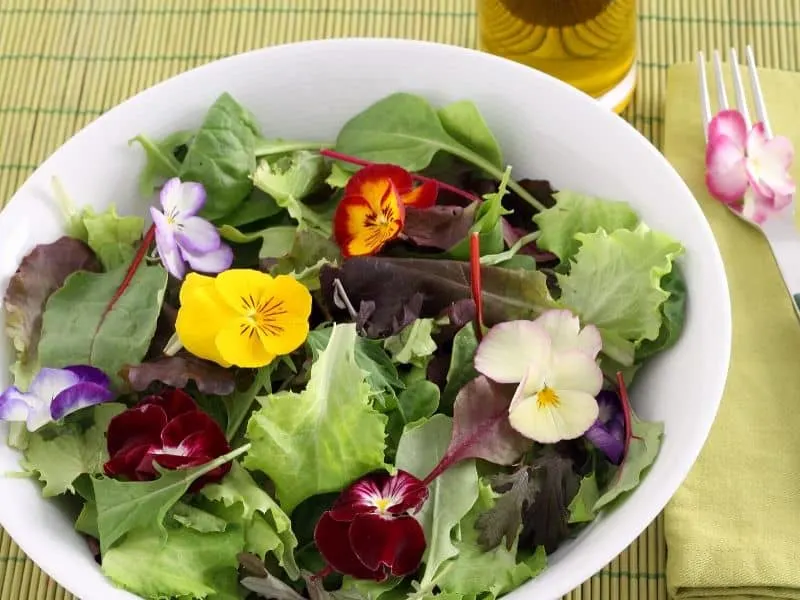
Which flowers can you eat?
- In Turkey, a bottle of rose water appears on the table instead of catsup.
- Italians serve squash blossoms as a vegetable.
- In Provence, candied violets and mimosa blossoms are very popular.
- Americans and Canadians gather young, pesticide-free dandelion shoots to use in salads.
Here’s a list of 45 pretty flowers you can eat.
History of Flower Eating
Eating flowers is at least as old as the ancient Romans who celebrated the Floralia in honor of Flora, the goddess of flowers. The celebration consisted of games, mimes, and dancing. At that time, some flowers were eaten as cures for certain diseases.
According to Culpeper’s Complete Herbal, published in 1653, Pliny the Elder is said to have stated that “whosoever shall take a spoonful of the Mallows shall from that day be free from all diseases that may come to him.”
Using Floral Products
- If you use cloves, which are dried flowerets, the next time you are baking cookies or making a curry, you are using a product made from flowers.
- And those who like the taste of capers are also eating flowers, for capers are the flower buds of the caper bush.
- Saffron is made from the golden orange stigmas of the autumn crocus, so people who like saffron rice are also eating rice gilded with a flower product.
- And did you know that tulips can be eaten? They look and taste great. Wash them and remove the stigmas, then stuff with tuna salad. YUM!
Flower Recipes You Can Try
The following recipes use flowers in their fresh or dried state, or flower “waters,” such as rose or orange blossom, which are available in Middle Eastern stores.
Arabian Pancakes
Prepare classic French pancakes, adding honey to the batter instead of sugar. Cook the pancakes in almond oil and serve with the following syrup:
Rose Syrup
- 2 cups of sugar
- 1 cup light corn syrup
- 3/4 cup water
- 1/2 cup rose water
- 1 teaspoon lemon juice
Mix sugar, corn syrup, and water and simmer for about 20 minutes. When cool, add rose water, lemon juice, and a few drops of red food coloring if desired.
Carnation Butter
Carnation butter is made from heavily scented, pesticide-free carnations, washed, with the white ends snipped off, and the seeds sifted away with a sieve and an equal quantity of soft butter. Blend carnations with the butter and spread on toast triangles. Garnish each with a carnation petal.
Using edible flowers in your cooking is a great way to bring not only color, but also nutrients to your meals. This simple recipe will delight your guests and brighten up your dinner table. Pretty to look at, and tasty at the same time! This nasturtium salad uses both nasturtium leaves and flowers, along with arugula, strawberries, and a quick vinaigrette. Make it for a quick and easy summer salad! This butterfly pea tea lemonade is refreshingly sweet, tangy and fragrant. Not only is it easy to make, but it also looks inviting, making it perfect as an afternoon treat or for parties. Say goodbye to store-bought lemonade now and use this recipe which comes with several health benefits, ranging from helping to reduce stress and anxiety to improving your digestion and protecting you against free radicals! Crisp on the outside with a soft and chewy marshmallow-like center. Topped with coulis, fresh fruit, Lindt chocolates, and seasonal edible flowers, this pavlova is perfect in every way. These edible flower ice cubes are an elegant and colorful way to spruce up your beverages! Perfect for special occasions or for fancy-ing up hot days. Use lilacs to impart a light floral flavor in the cake itself and then use the blossoms for an edible, beautiful, and oh-so-simple cake decoration. We’ve all seen stunning professional cakes decorated with edible flowers. Using flowers is an extremely easy and beautiful way to decorate cakes at home, too. You can hide frosting flaws with beautiful blooms and add loads of color to your creations without ever having to use food coloring! Combine common yard weeds and herb garden flowers for a beautiful and floral-infused honey-flavored jelly that makes for great gifts. Dandelions are one of the easiest wildflowers to identify, so get out and forage some today and try our wonderful Dandelion and Lemon Cookie recipe. Herb infused vinegars are easy to make and can turn your salad into a showpiece. This post features Sage Blossom and Chive Blossom Vinegar. Labneh is prepared by draining yogurt of its whey. The yogurt is then mixed with herbs, scallions, hot chili peppers, and marigold leaves to make Jajik, a delicious cheese spread. These easy stuffed squash blossoms are filled with herbs and goat cheese and then pan-fried. Serve them as a delicious summer appetizer!Recipes Using Edible Flowers
How to Use Edible Flowers to Decorate Cakes - Flowers to Use and Ideas
Books about cooking with edible flowers
If you’d like to explore more recipes using edible flowers, take a look at these books: you might find something you like.
The Art of Edible Flowers Cooking With Flowers
Cooking With Flowers The Flower Recipe Book
The Flower Recipe Book
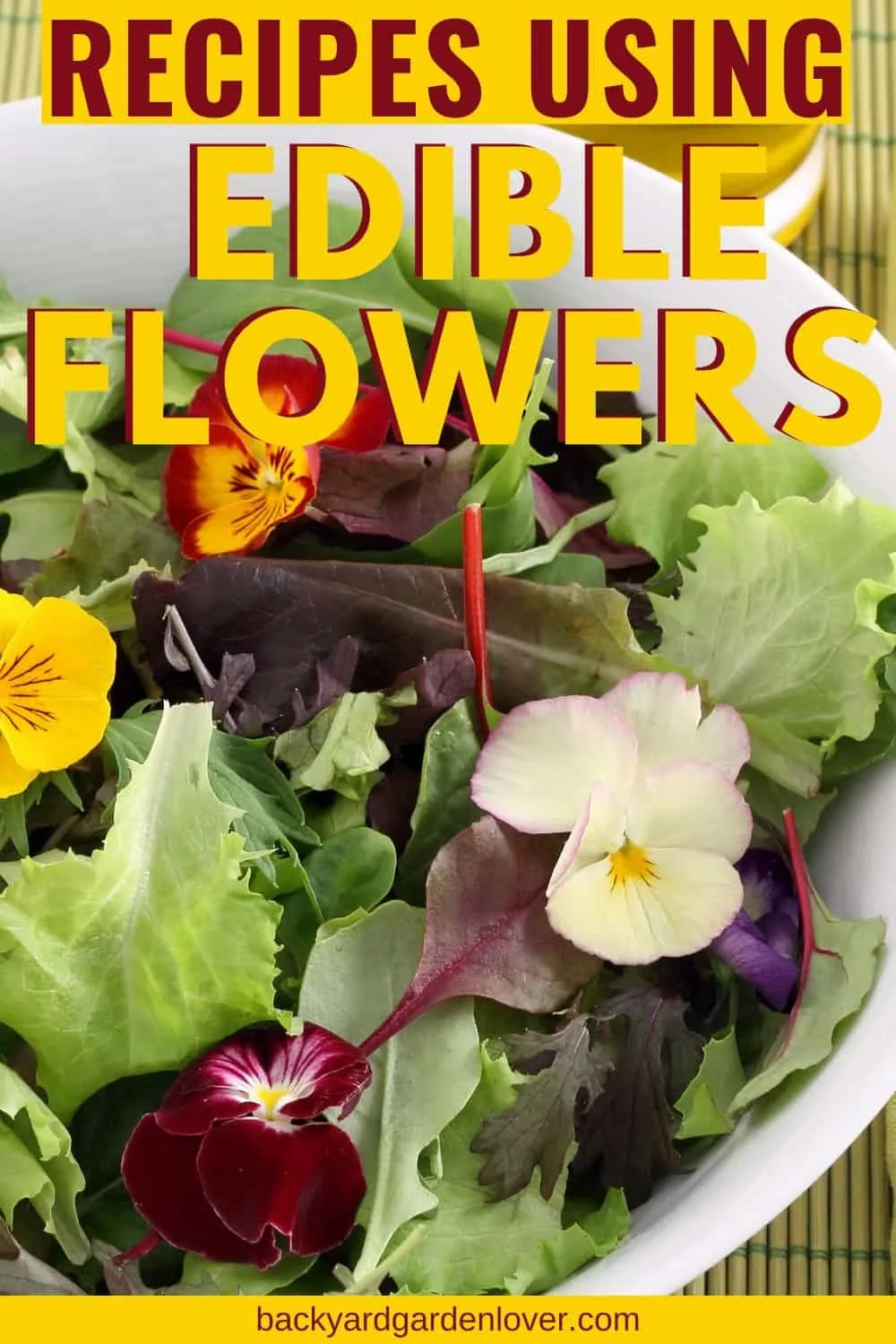
Adriana Copaceanu is a passionate nature lover living in the country on her dream property where she grows vegetables, lavender, and wildflowers that she shares with the wildlife they attract. When she's not in the garden, she loves spending time with her chickens and planning her next nature project. Check out her books below:
How to Grow Lavender for Fun and Profit: Lessons Learned from Planting Three Hundred Lavender Plants

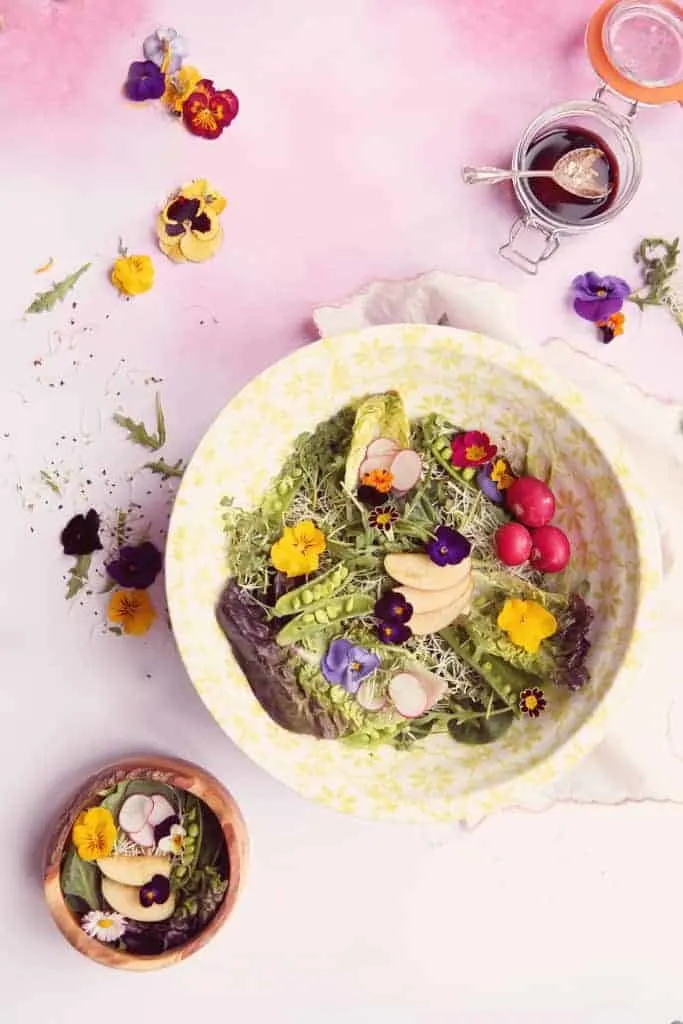
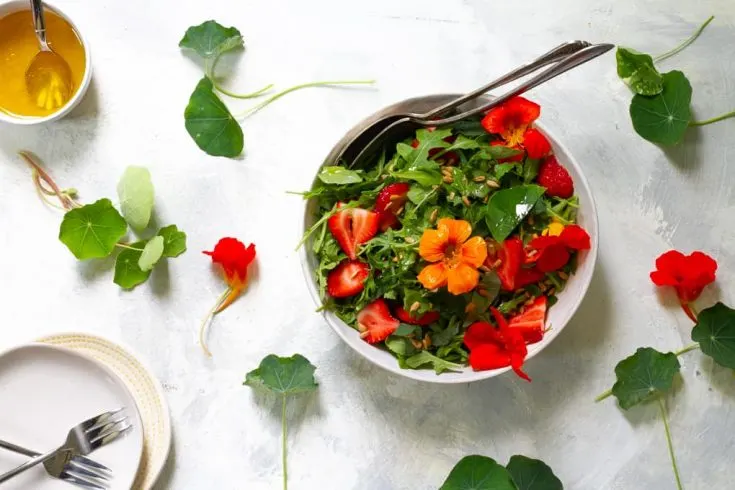
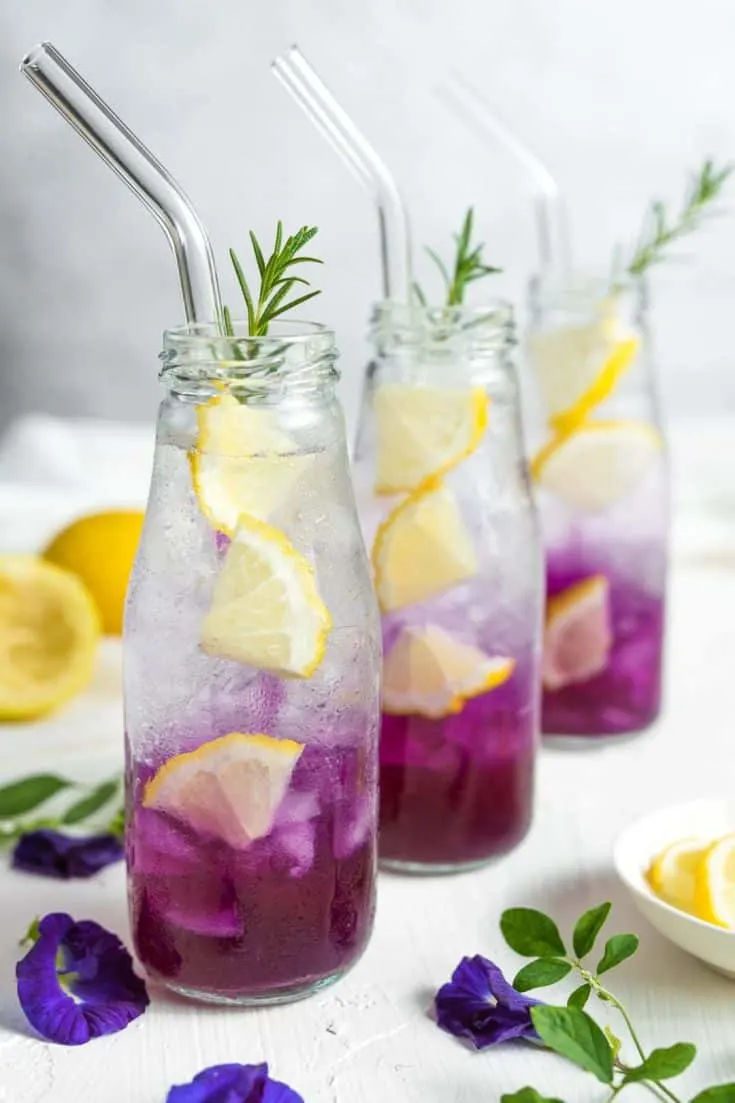
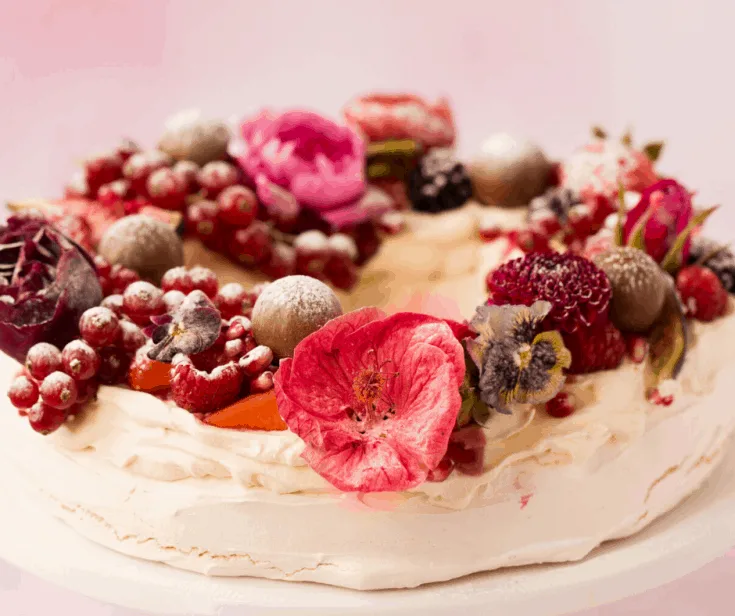
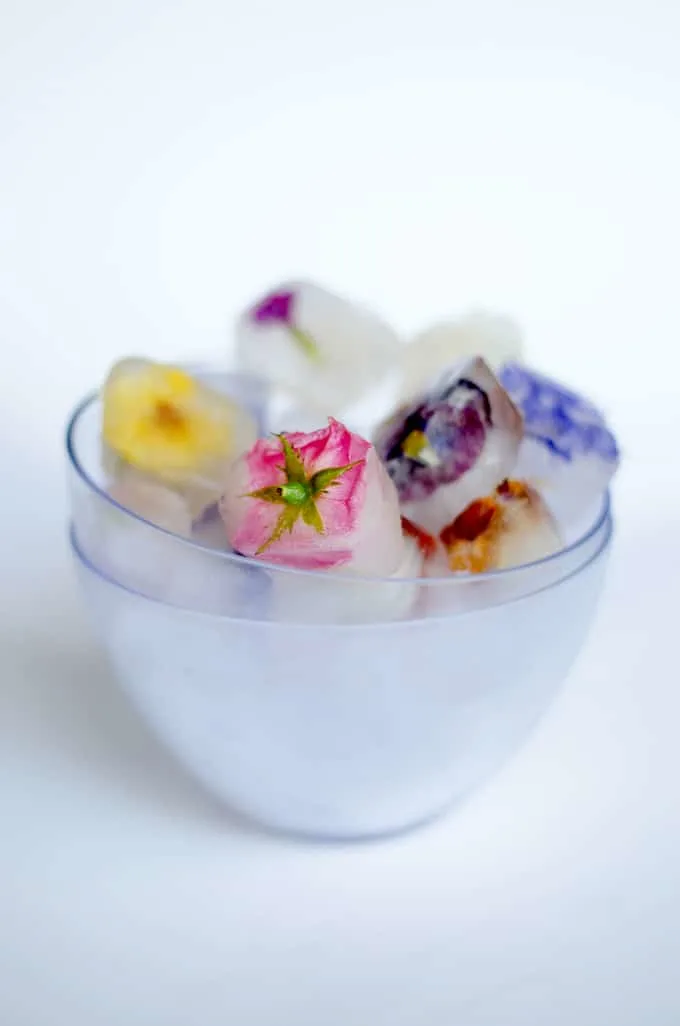
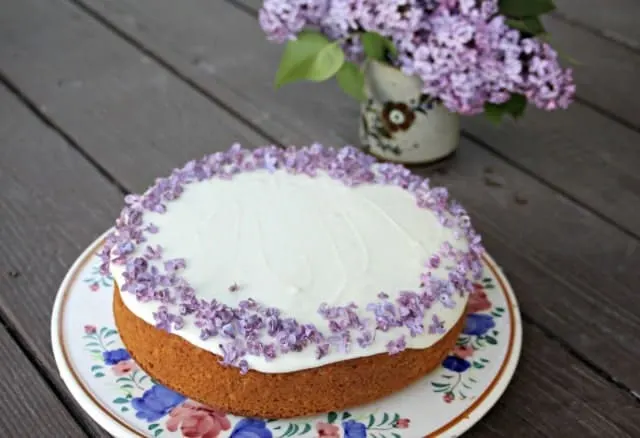
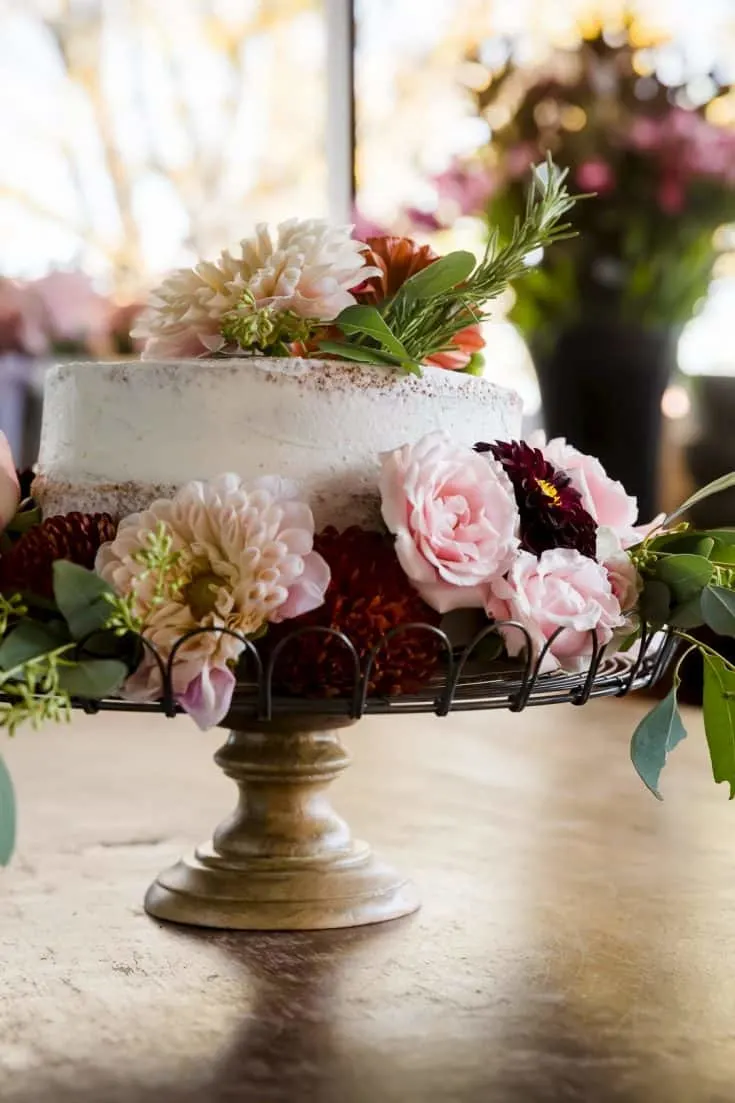
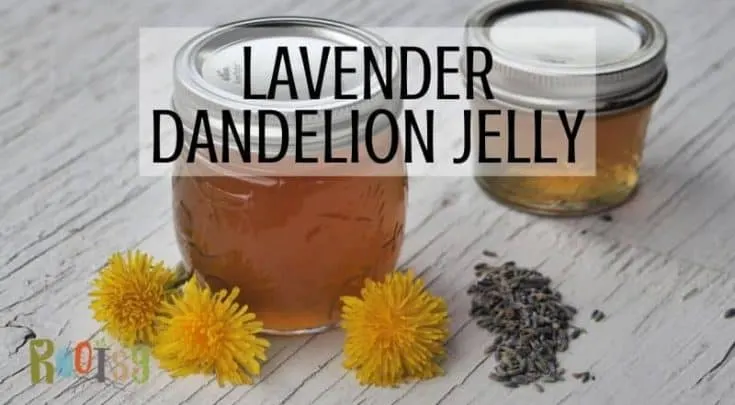
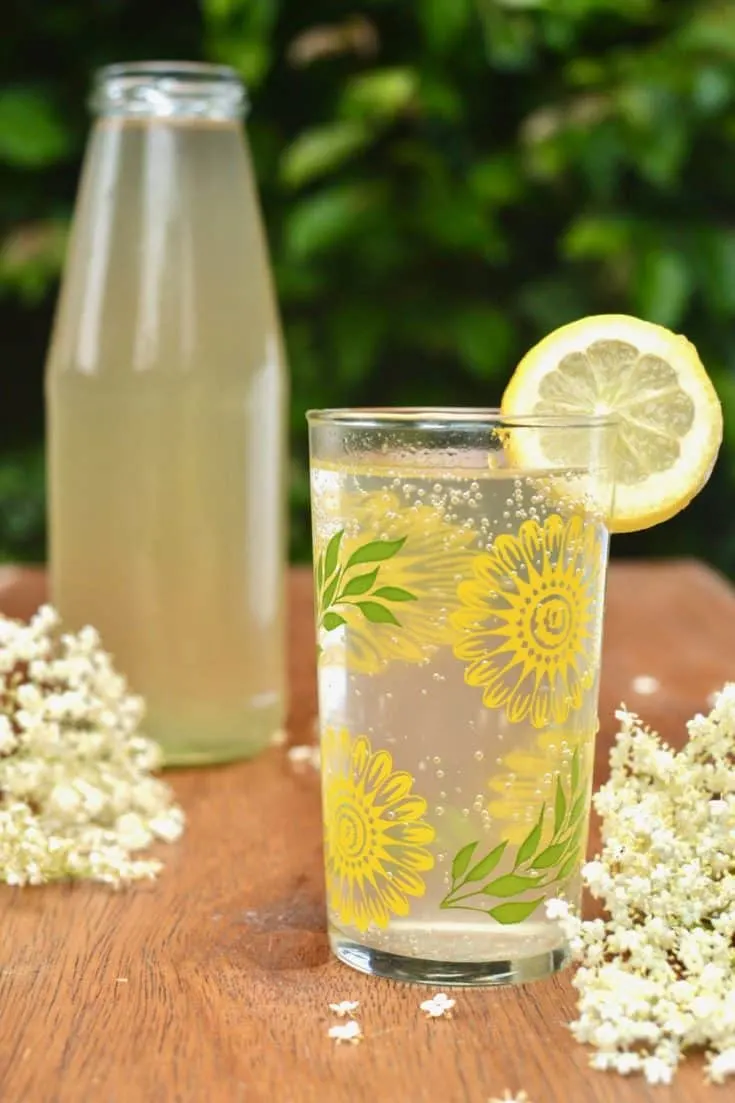
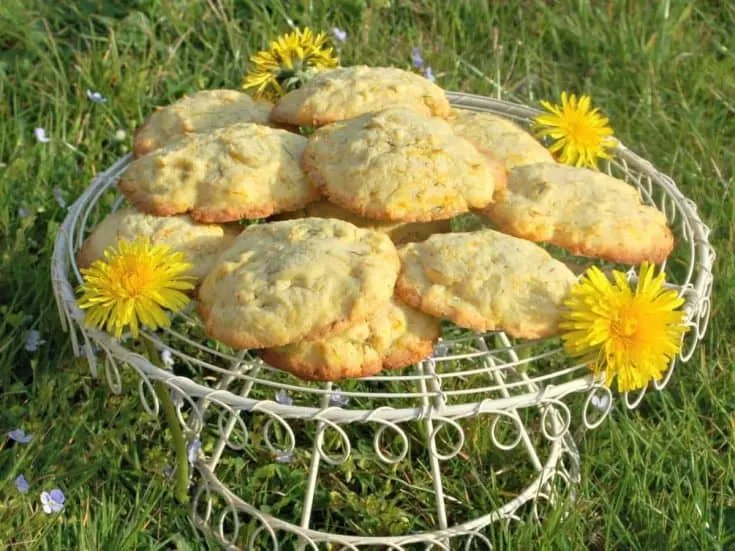
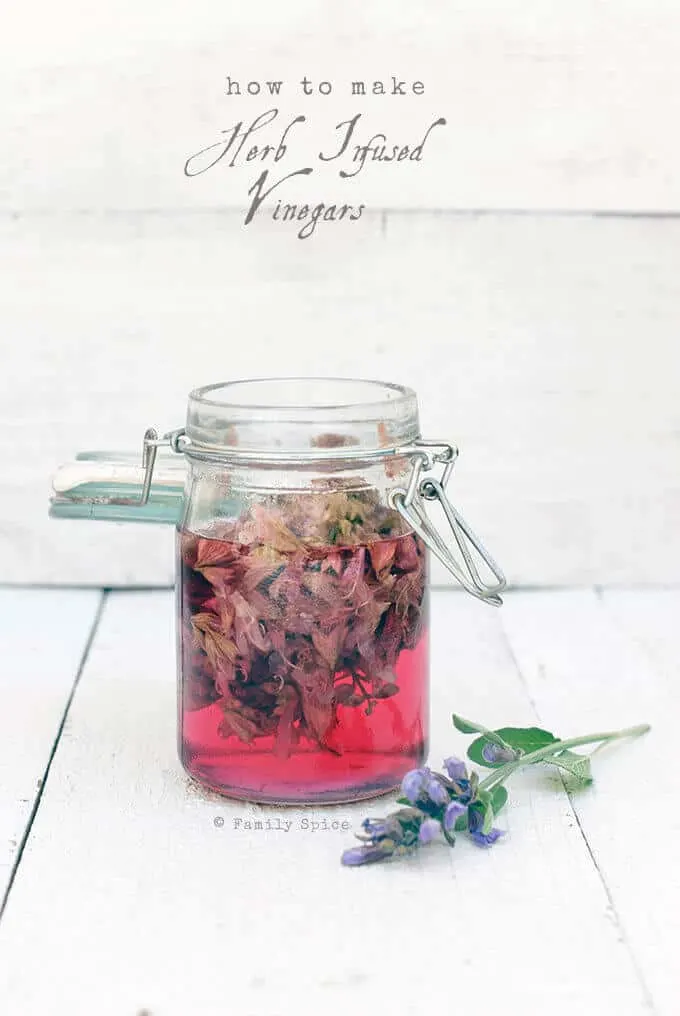
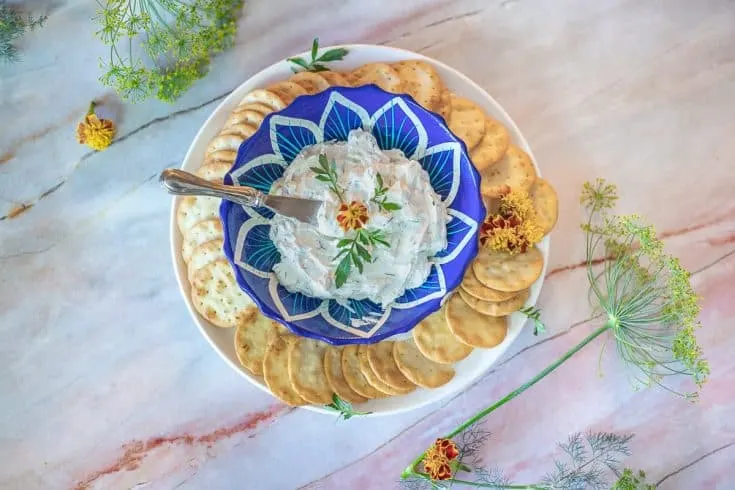
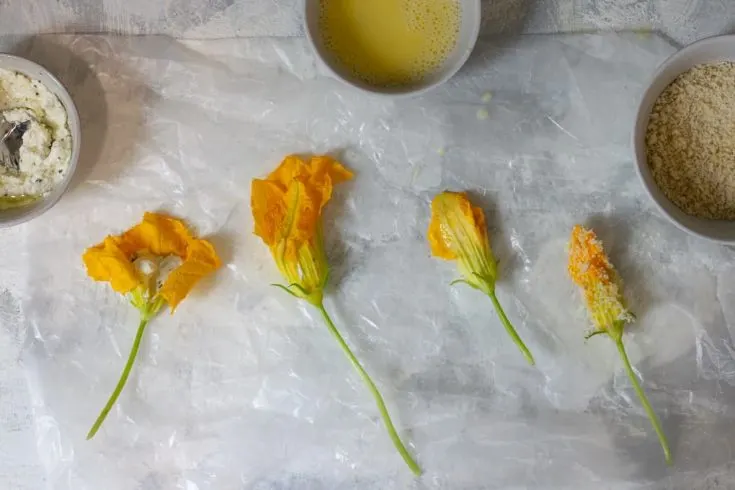
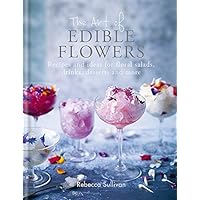


45 Pretty Flowers You Can Eat - Try Some Today!
Wednesday 3rd of August 2022
[…] As you can see, edible flowers can be used in savory dishes, desserts, ice creams, green salads, fruit salads, salad dressings, and as a garnish for soups. Here’s a list of 13 recipes using edible flowers. […]
Oregon Native Plants List: 14 Perfect Pacific Northwest Flowers
Wednesday 13th of October 2021
[…] by the names sand violet, hooked spur, or mountain blue-violet. The purple flowers are edible (recipes that use edible flowers), as well as the heart-shaped […]
Stunning Perennials That Bloom All Summer
Friday 5th of June 2020
[…] through to late summer, set against dark green foliage. The leaves of the White Trillium are also edible, so they make a great addition to your kitchen garden as well as providing you with months of […]